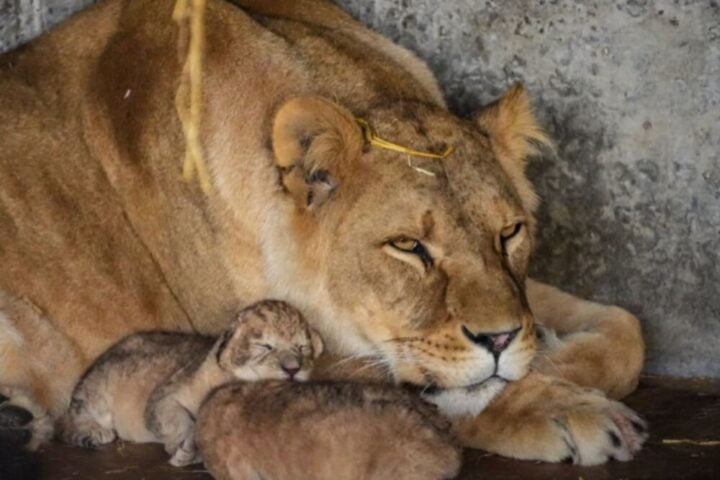Conservation technology deployed to protect wildlife in India’s Corbett Tiger Reserve has become a means of surveillance and intimidation against local women, according to research from the University of Cambridge. The study, published in the journal Environment and Planning F, exposes how camera traps and drones intended for tracking tigers and other wildlife are being misappropriated by local authorities and male villagers to monitor women without their consent.
Dr. Trishant Simlai, who spent 14 months interviewing 270 residents near the reserve, found forest rangers deliberately using drones to frighten women away from the forest, despite their legal right to collect natural resources. “Nobody could have realized that camera traps put in the Indian forest to monitor mammals actually have a profoundly negative impact on the mental health of local women who use these spaces,” Simlai stated in the report.
Similar Posts:
The Social Cost of Technology
The research documents disturbing incidents of privacy violations. In one case, a camera trap photo of a woman going to the toilet in the forest was circulated on local Facebook and WhatsApp groups as a means of deliberate harassment. Local villagers responded by destroying nearby camera traps.
The forest traditionally served as a refuge for women escaping domestic violence and alcoholism in their male-dominated villages. Now, the presence of surveillance equipment has forced changes in their behavior. Dr. Simlai discovered that local women form strong bonds while working together in the forest, and they sing while collecting firewood to deter attacks by elephants and tigers. One woman interviewed during the study was later killed in a tiger attack.
Professor Chris Sandbrook, Director of the University of Cambridge’s Masters in Conservation Leadership program, noted: “These findings have caused quite a stir amongst the conservation community. It’s very common for projects to use these technologies to monitor wildlife, but this highlights that we really need to be sure they’re not causing unintended harm.” He added: “Surveillance technologies that are supposed to be tracking animals can easily be used to watch people instead—invading their privacy and altering the way they behave.”
Broader Implications
The researchers found that people are being unintentionally recorded by wildlife monitoring devices without their knowledge in other places, including national parks in the UK. The study reveals a worst-case scenario of deliberate human monitoring and intimidation.
“When they see camera traps, they feel inhibited because they don’t know who’s watching or listening to them—and as a result, they behave differently—often being much quieter, which puts them in danger,” Simlai explained.
The researchers say that in places like northern India, the identity of local women is closely linked to their daily activities and social roles within the forest. Many areas of conservation importance overlap with areas of human use. The researchers call for conservationists to think carefully about the social implications of using remote monitoring technologies—and whether less invasive methods like surveys could provide the information they need instead.


















